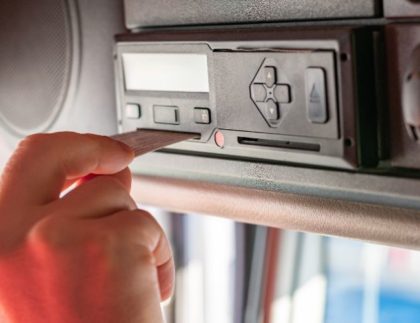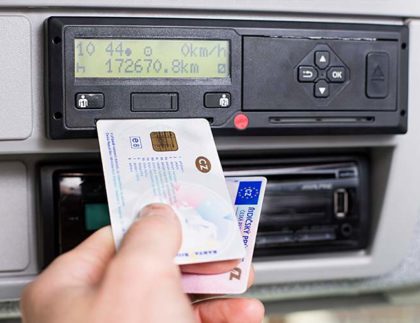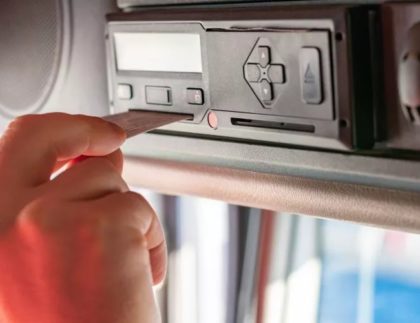

Later this year, all newly-registered vehicles will be equipped with a version 2 second-generation smart tachograph (G2V2). Importantly, device replacement will not be postponed, despite the delay in preparation of the location signal authentication technology known as OSNMA, which was supposed to be incorporated in the latest tachographs.
Following the brief market uncertainty, the current situation is now fully clear – the legislator does not anticipate any changes in the dates of introducing the new tachographs that will be installed in accordance with the previously adopted schedule.
During the first phase (mandatory from 21 August 2023), a so-called transitional tachograph will be installed, equipped with all the required functions for the new smart tachograph G2V2, except for the location authentication using the OSNMA technology.
Regulation that introduces the necessary changes
For this purpose, the Regulation (EU) 2023/980 was published, which introduces the necessary changes to the Regulation (EU) 2016/799, describing the requirements for the design and functioning of tachographs so that their manufacturers can obtain approval for the new devices. To achieve this, sections referring to the location of requirements regarding the authorization of this position have been removed from the technical regulation. A provision was also added that will allow to distinguish between a transitional tachograph and the final one. Moreover, everything indicates that as soon as OSNMA is implemented, transitional tachographs software will be able to receive an update to active this function.
The new Regulation (EU) 2023/980 introduces time frames during which the so-called transitional tachographs can be installed. In practice this means that the transitional tachographs (without location authentication) will be installed at least until the end of May 2024. It may turn out that the deadline will be extended, if the location signal authentication technology is not prepared in time.
Who is affected by the changes?
Introduction of the above-mentioned changes regarding the design and functioning of tachographs does not have a direct impact on transportation companies. From the carriers’ point of view, tachographs will be installed and replaced in accordance with the previously published schedule and the lack of a single function, namely the location authentication, will not be noticeable. Importantly, in the future there will be an option to update the tachographs, but it will not be mandatory. These changes will mostly affect the tachograph manufacturers who have been waiting for these regulations to initiate the approval process for new devices and the shops that have to pay attention to additional dates connected with the installation of the so-called transitional tachographs.








